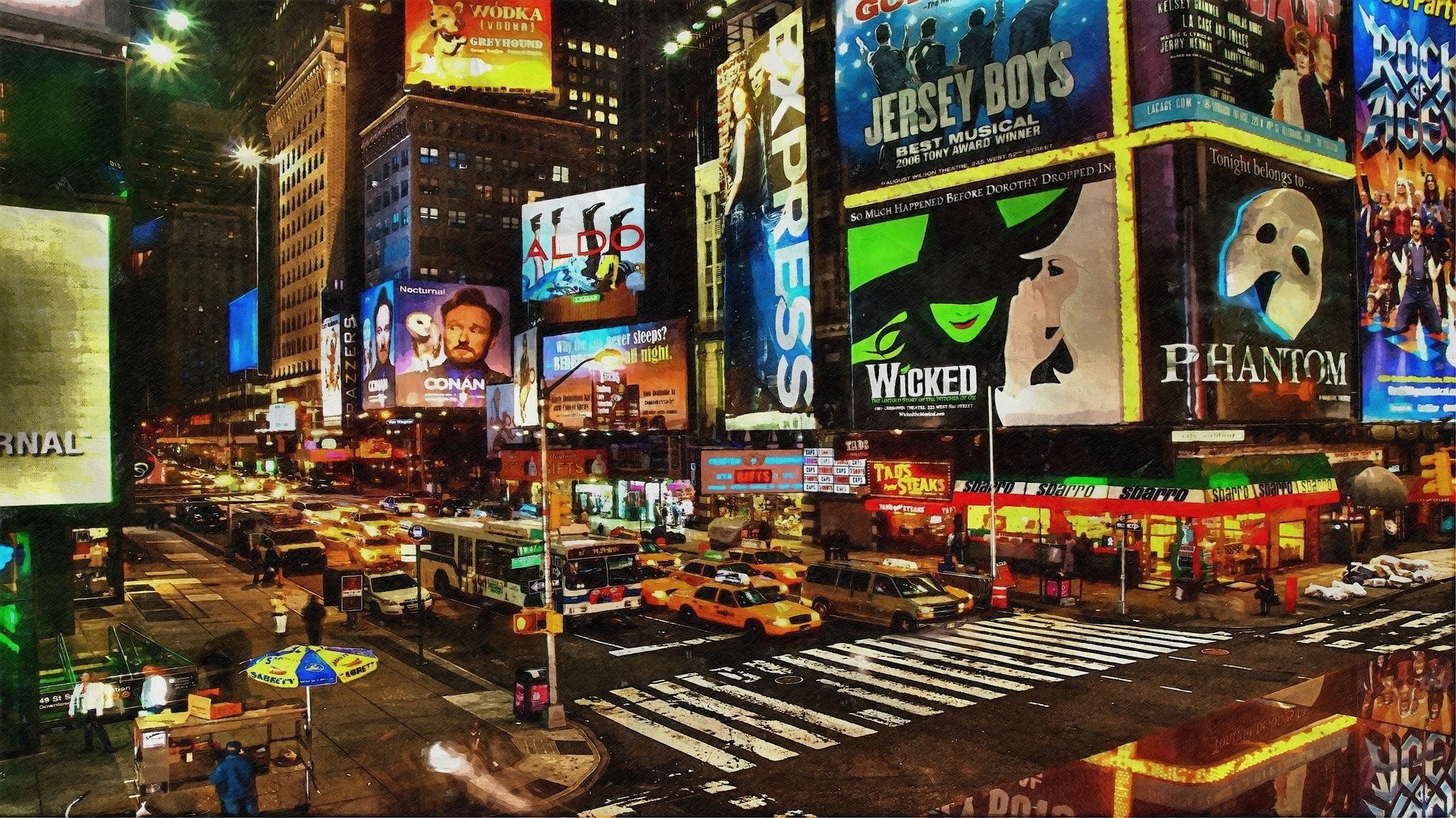Electronic Signage 101 – Everything You Need to Know
Electronic signage is everywhere you look. You’ll see electronic signage along the streets, on corporate buildings, airports, restaurants and other retailers. Other areas include stadiums and big venues, transport systems, and more. Read on to know more!

The Function of Electronic Signage
In various settings, electronic signage serves as a wayfinding or navigation tool by providing directions. In restaurants, schools, airports and churches, museums and similar premises, these signs display information such as food menus, flight information and announcements in public spaces.
Because of its inherent benefits as a marketing content tool, many retailers and other businesses have invested in electronic signage. It has effectively replaced print advertisements, posters, and other traditional advertising strategies.
Electronic Signage Through the Years
Electronic signage is a catch-all term for various electronic displays. This includes fluorescent signs, neon signs, incandescent signs, LCD screens, high-intensity displays (HID), and LED signs. Of these displays, HIDs and LED signs make up a subsection of electronic signage referred to as digital signs or digital signage.
This signage has come a long way, thanks to advancements in technology. Before there was ever digital signage as we know it today, the electronic paper served as display devices. The paper would hold static images and texts indefinitely. Then came the first and second generations of electronic signage.
1. First Generation
The first generation, also referred to as the dot matrix display utilizes an LED board and projection screens. Someone has to manually input the information to update the message display. This generation of electronic signage is commonly used in areas where information needs to display to the mass public. Consequently, this type is perfect for airports and train stations. This assembly of this generation of electronic signage doesn’t include a media player. As a result, it cannot play multimedia content, limiting the format of the displayed message.
2. Second Generation
Unlike the dot matrix display, the second-generation electronic signage can play multimedia content. Additionally, it runs from a centralized management system, with various software and hardware options. Among these options include using portable media players such as USB flash drives and SD cards to output digital images, slide shows, and loops of video content. The other option is to connect multiple servers and players in a network that gives you control over the displays throughout a campus or enterprise from a single location.
Electronic Signage Today

Interactive capability is a fundamental feature of the current generation of electronic signage. In addition to features offered by the previous generations, third generation signage comes with the added functionality. It allows users to interact with the signage through touch-screen displays. For example, users can effortlessly scroll through a food menu and share their photos or any other information online.
It remains to be seen what new technologies the future has in store for the electronic signage space. However, what is undeniable is that the current generation delivers displays that are clearer and more colorful and vivid.
Getting Electronic Signage That is Right for You
Whatever the reason for needing electronic signage, you must ensure that what you get works for you. You should first identify your goals and objectives for deploying the signage. In other words, the most critical thing you should establish is the ideal result you would like to achieve with this deployment.
Getting it right requires that you ask some crucial questions:
- What type of content would you like to display?
- How much coverage do you want? That’s to say, how many screens would you like to install?
- What’s your working budget?
What to Expect
Deployment of electronic signage is quite an involving process. The only sure way to get it right is to seek expert advice. That said, here’s a rundown of the main areas of focus for any given project, regardless of its scale.
Digital Signage Content: Text, images, video, or a combination of each of these? Identify which media files better convey the message you would like to pass along. You’ll want to research the kind of digital signage content that appeals the most to your target audience. This is even more crucial if advertising is the purpose of the signage.
Hardware: The display screens are the main hardware components for an electronic signage deployment project. You’ll also need mounts, wiring components, and other accessories.
Software: The right digital signage software will ensure you’ve an easy time organizing and presenting your digital content. From Wix to WordPress and Squarespace, there are several content management systems (CMS) from which to choose.
Additionally, you may need media player software. Lastly, if your system will involve multiple displays across multiple locations, you’ll need device management software, allowing you remote control of the network.
Installation: The strategic positioning of the display screens is everything if you want to get the attention of your target audience. A comprehensive survey will reveal the best spots to install digital signage displays.
Again, you want to make sure you leave all the installation work to experts. Professional installation reduces the risk of premature failures such as a display screen falling or the angle of the screen being off for viewers.
What About Cost?
That electronic signage, and particularly digital signage, is expensive which is a common misconception. The truth is that while you’ll need to invest some money towards the project, you need not to worry about breaking the bank on this one.
Why? Advances in technology and the high level of competition among players in the signage market have driven down the cost of LED video walls and other digital signage solutions. Most importantly, is that you can always find something suited to your budget. You should talk to the experts about what you’re willing to spend. You should have no problem getting a package tailored for your budget.
Think of it as the investment that it is, and you’ll be more glad to spend on the signage, confident that it will pay for itself.
Projections for the Future
The electronic signage industry has been on a consistent upward trajectory over the last couple of years. More and more people are investing in digital signage for their businesses. Similarly, more players providing various signage solutions have joined the market to match the demand. People and businesses are keen on reducing paper waste, which has also helped drive the popularity of electronic signage.
That said, the industry is expected to stay on this upward trajectory with no slowing down in sight. It’s also expected that restaurants, office buildings and premises, public transport services, and retail stores will continue to be the predominant market users.
The Final Word
Technology advancements have seen the electronic signage industry grow into the giant industry it’s today. Investing in digital signage is a win through and through for any business, thanks to the many benefits of these signage solutions. Moreover, it’s an investment with a good return, and you get a bespoke package to suit your needs and budget. Meanwhile, you need to watch out for new technologies and how much more the industry will grow.




